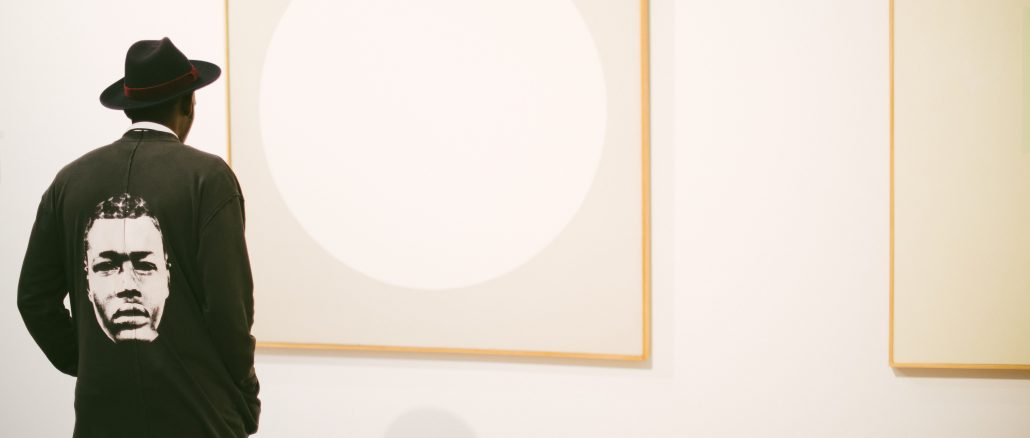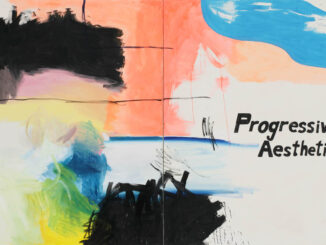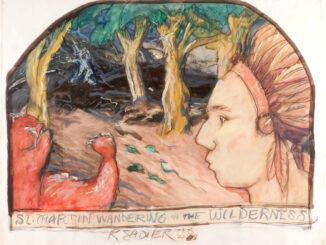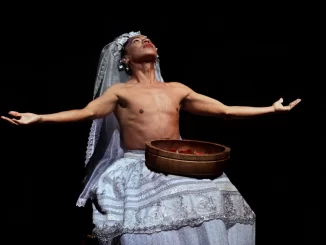
“Walter Darby Bannard: 1959-1962” is a focused presentation of a series of breakthrough paintings the artist produced over a period of several years, during which he abandoned gestural brushwork and developed a pared-down geometric vocabulary. The early works presented have rarely and only recently been exhibited.
As was the case for other artists of his generation who aspired to advance abstraction, the years in which these paintings were produced represented for Bannard a moment of reckoning with the lessons and legacy of Abstract Expressionism-and with the desire to inaugurate a new era in American painting. Living in Princeton, New Jersey, at the time that he made these works and working alongside fellow artist Frank Stella, who was on the verge of his own breakthrough with his series “Black Paintings” (1958-60), and Michael Fried, who would soon become one of the leading art critics of his generation, Bannard purged his paintings of any vestiges of self-expression and pared the canvases down to a single geometric form in a colored field.
Walter Darby Bannard (b. 1934, New Haven; d. 2016, Miami), a leading figure in the development of Color Field painting, held over one hundred solo exhibitions during his lifetime, and was included the seminal exhibitions “Post-Painterly Abstraction,” curated by Clement Greenberg at the Los Angeles County Museum of Art in 1964, and “The Responsive Eye,” curated by William Seitz at the Museum of Modern Art, New York, in 1965. His work can be found in the permanent collections of the Centre George Pompidou, Paris; Metropolitan Museum of Art, New York; Museum of Modern Art, New York; Whitney Museum of American Art, New York; Museum of Fine Arts, Boston; and the Museum of Fine Arts, Houston, among many others. Bannard served as the chair of the art and art history department at the University of Miami from 1989 to 1992.
ICA Miami
4040 NE 2nd Ave
Miami, FL 33137
305.901.5272
www.icamiami.org






Be the first to comment